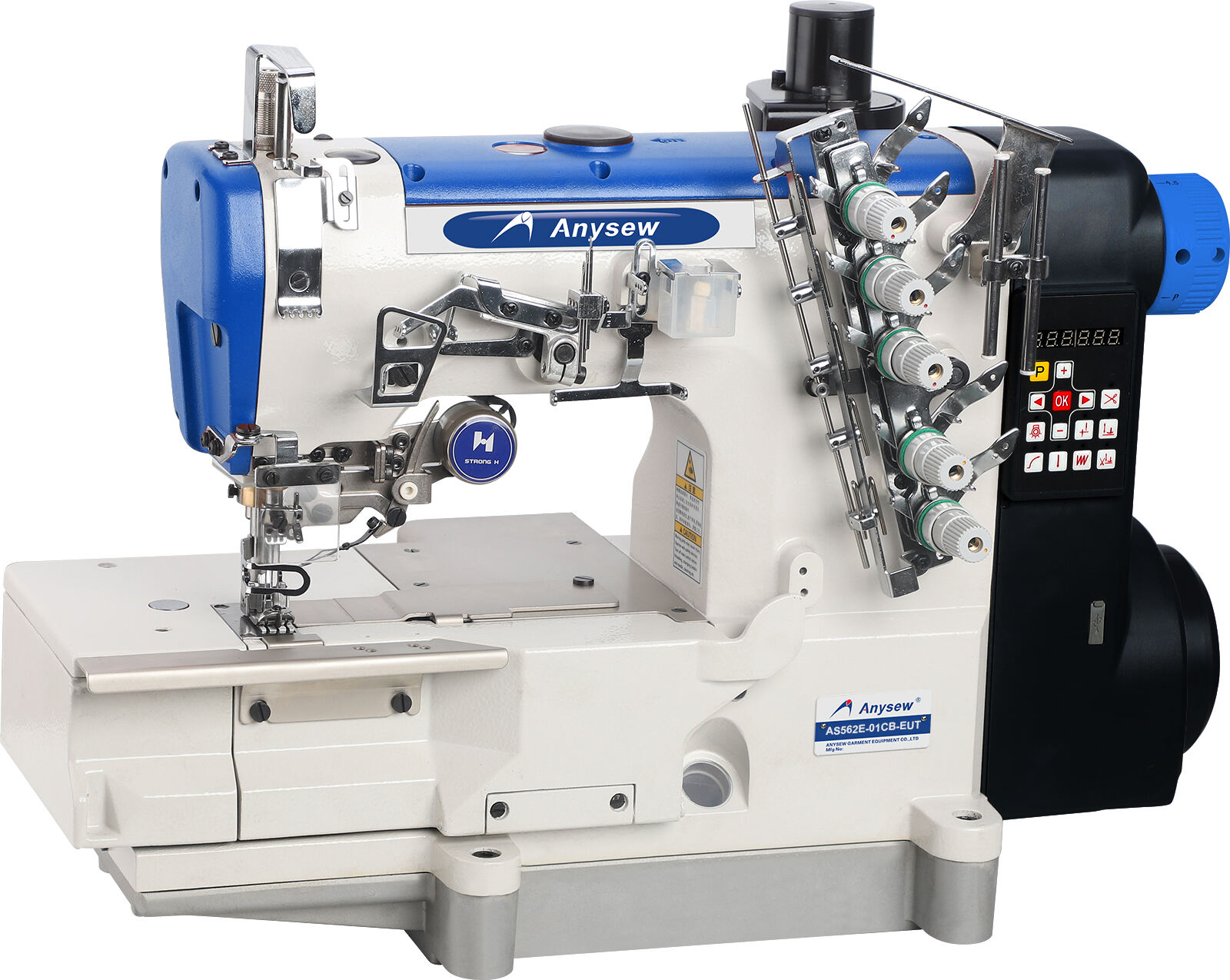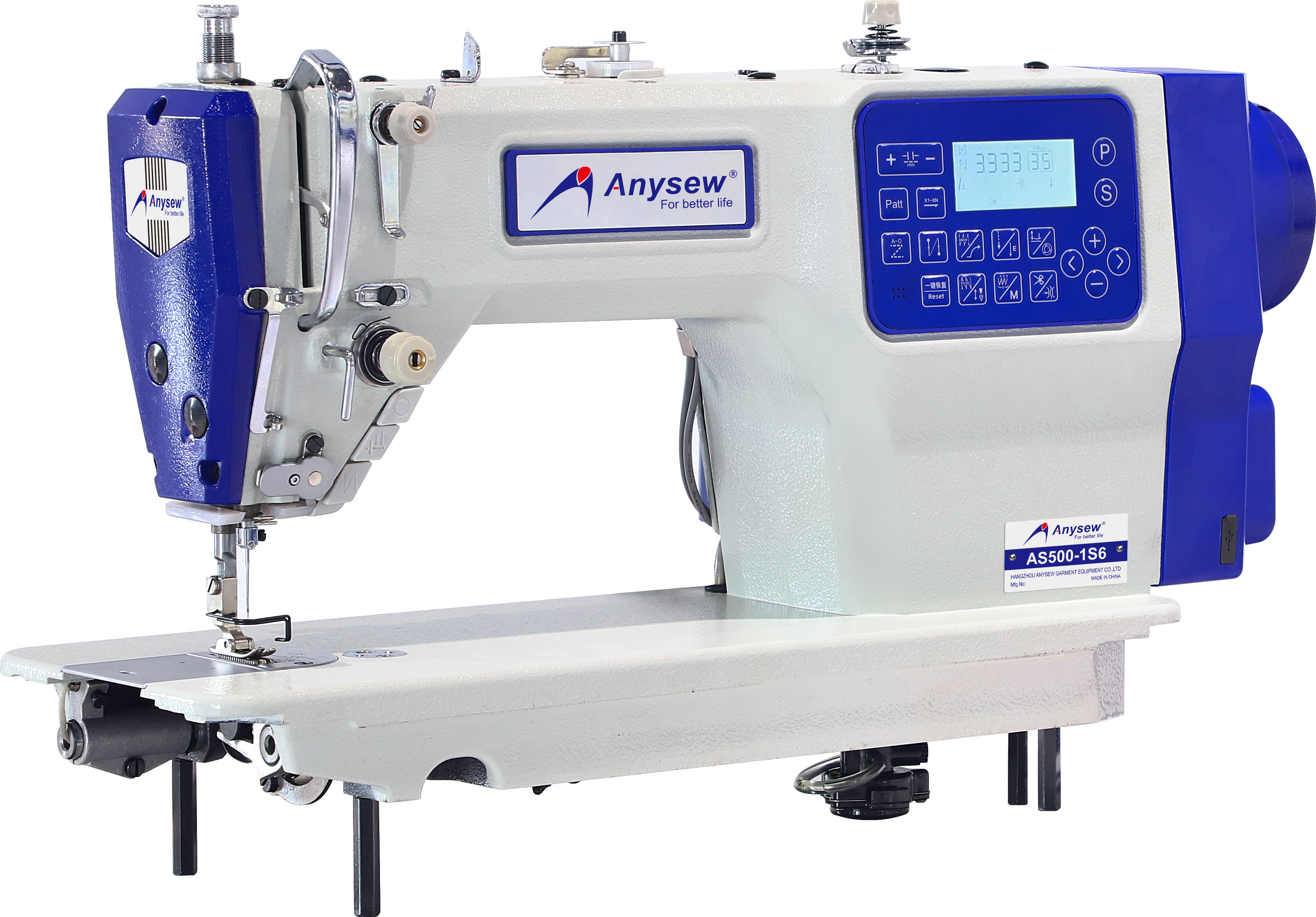overlocker machine
An overlocker machine, also known as a serger, is a specialized sewing machine that revolutionizes the way we finish garments and fabric projects. This versatile device performs multiple functions simultaneously, creating professional-grade seams while trimming excess fabric and encasing raw edges with an overlocking stitch. The machine typically employs 3 to 5 threads and multiple needles to create strong, flexible seams that prevent fabric from fraying. Modern overlockers come equipped with differential feed mechanisms, allowing seamless handling of various fabric types, from delicate chiffons to heavy denims. The machine's advanced threading system, though initially appearing complex, is designed for efficient operation, with many models featuring color-coded threading paths and automatic tension adjustment. Overlockers operate at impressive speeds, typically ranging from 1,300 to 1,500 stitches per minute, significantly faster than conventional sewing machines. These machines excel in creating rolled hems, gathering fabric, attaching elastic, and constructing decorative edges, making them indispensable tools for both home sewists and professional garment makers.


